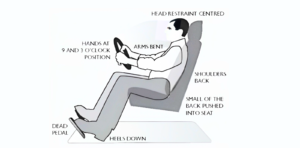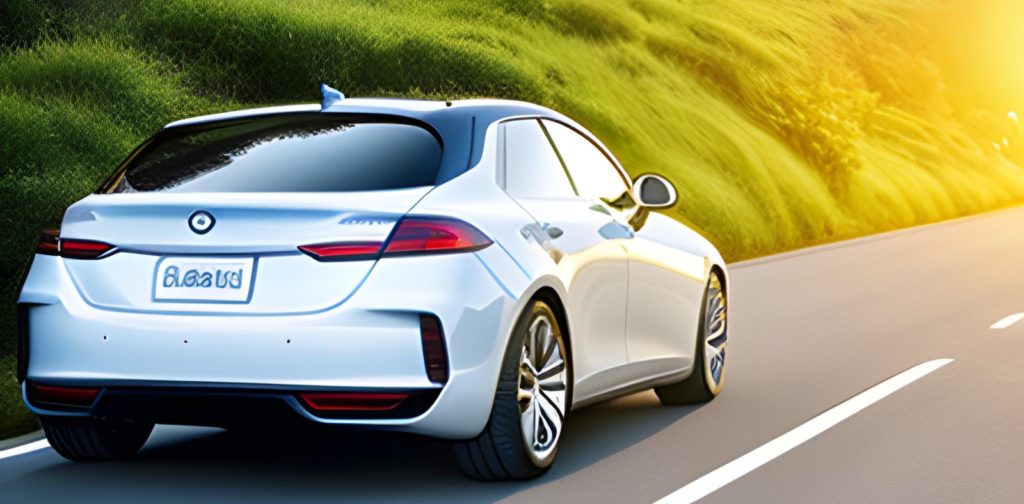Efficiency is a key aspect of modern life, and driving is no exception. As we strive to minimize our carbon footprint and reduce fuel consumption, we must strive to develop the habit of effective driving techniques. By making some simple adjustments to our driving habits, we can significantly increase fuel economy, save money and contribute to being environmentally friendly. In this blog post, we will try to know the practical and effective techniques that can transform you into an efficient driver.
Table of Contents
- Smooth Acceleration and Braking
- Maintain a Consistent Speed
- Efficient Route Planning
- Minimize Idle Time
- Reduce Aerodynamic Drag
- Tire Maintenance
- Lose Unnecessary Weight
- Conclusion
Smooth Acceleration and Braking

One of the basic principles of efficient driving is to maintain smooth acceleration and braking. Aggressive acceleration and sudden braking wastes fuel and causes additional wear and tear on your vehicle’s engine and other mechanical parts. Instead, practice increasing speed through slow acceleration with gentle pressure on the gas pedal. Always be aware of the traffic flow around you and practice gliding the car slowly, reducing or stopping acceleration as necessary, using the momentum gained by the car to reach the traffic signals ahead or cars standing in the jam without spending too much time. Mild braking will wear down your brake discs and pads less and add charge to the battery if your car is a hybrid.
Maintain a Consistent Speed
Irregular speeds have a detrimental effect on fuel economy. Whenever possible, try to maintain the specified speed limit while driving. Use cruise control on highways to maintain a consistent speed and avoid unnecessary speed changes. Smooth shifting from one speed to another will reduce fuel consumption by eliminating the need for excessive acceleration.
Efficient Route Planning
Planning your journeys in advance can help you avoid heavy traffic, congestion and unnecessary detours. Use navigation apps that offer real-time traffic information to choose the most efficient route. By reducing idle time and travel distance, you can optimize energy efficiency and performance and save valuable time.
Minimize Idle Time
A car’s engine consumes a lot of fuel while standing at a traffic signal or jam. If you are waiting at a traffic light or in a parking lot for more than 30 seconds, it is best to turn off the engine. Restarting your engine consumes less fuel than idling for extended periods of time.
Reduce Aerodynamic Drag
Improvements in aerodynamics can significantly increase fuel efficiency. Keep car windows closed while driving at high speed to reduce drug addiction. When traveling at highway speeds, use the car’s air conditioner, as open windows create additional resistance. Aerodynamic drag can also be reduced by removing unnecessary weight, roof-mounted cargo bags or carriers.
Tire Maintenance
Proper tire maintenance is essential for efficient driving. Damaged, expired or inflated tires increase rolling resistance and fuel consumption. Regularly check and maintain tire pressure to the size specified by the manufacturer.In addition, ensuring that tires are properly and evenly mounted will increase fuel efficiency.
Lose Unnecessary Weight
Excess weight in your vehicle negatively affects fuel economy. Avoid using your car as storage space and remove any unnecessary items. The lighter your car is, the less energy it needs to drive, increasing efficiency.
Conclusion
Becoming an efficient driver not only saves you money but also contributes to a healthier environment. By incorporating these simple techniques into your driving habits, you can reduce fuel consumption, save money and do your part to reduce carbon emissions. Remember, small adjustments can make a big difference, so practice these efficient driving techniques and enjoy the benefits. Drive safely and efficiently.

